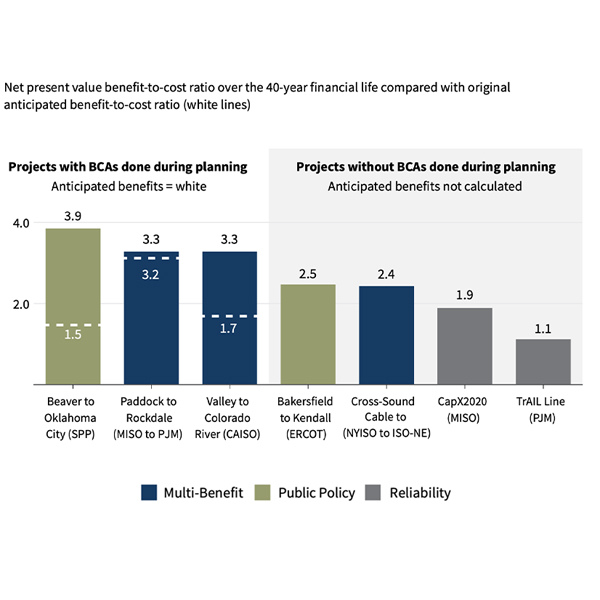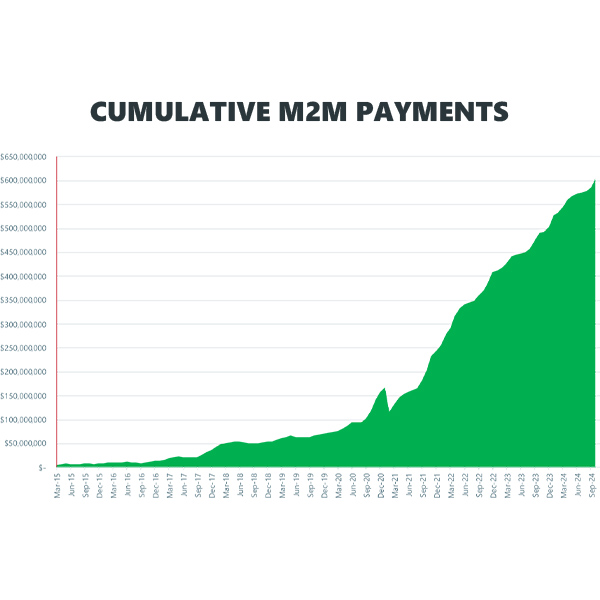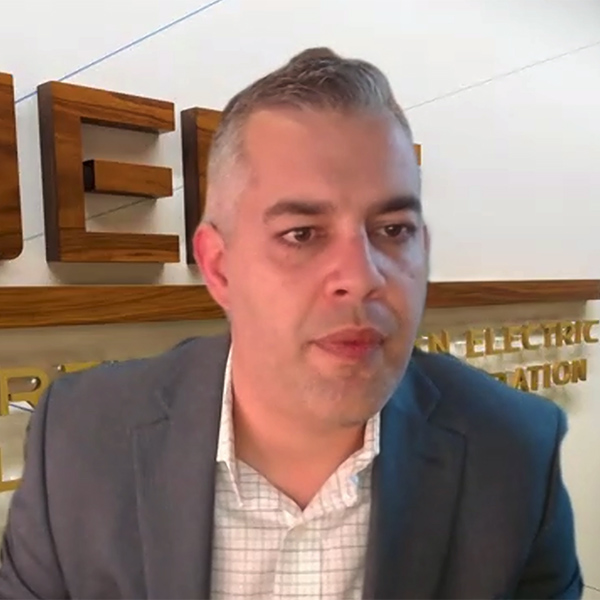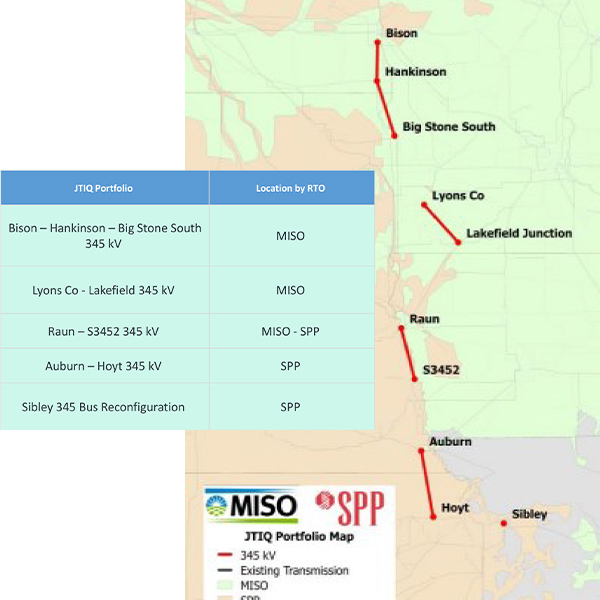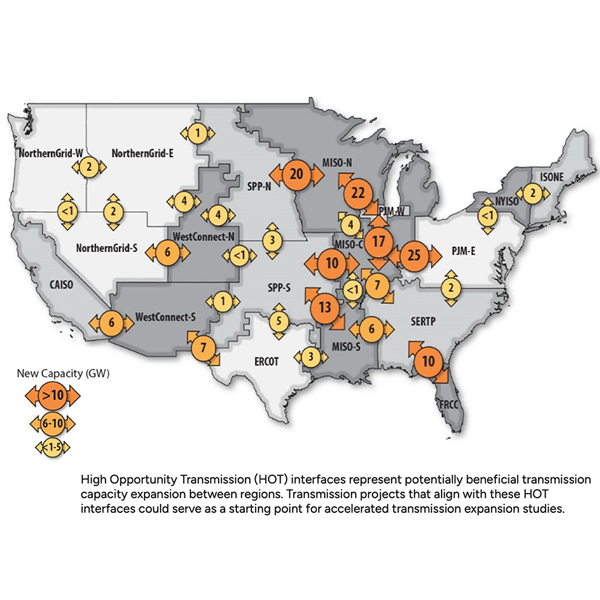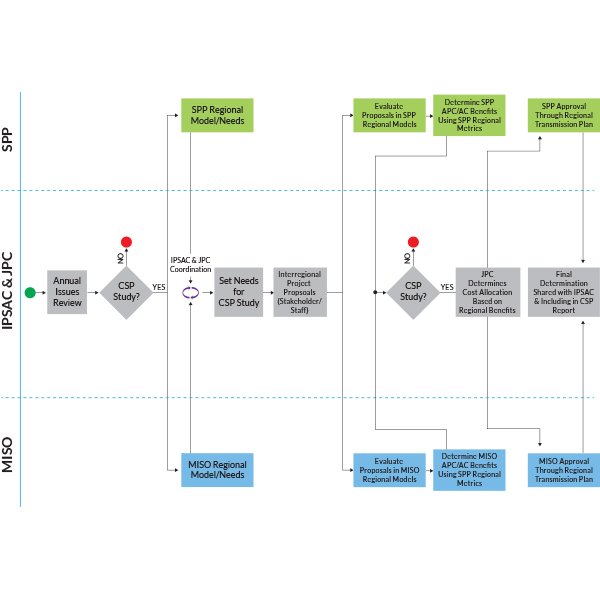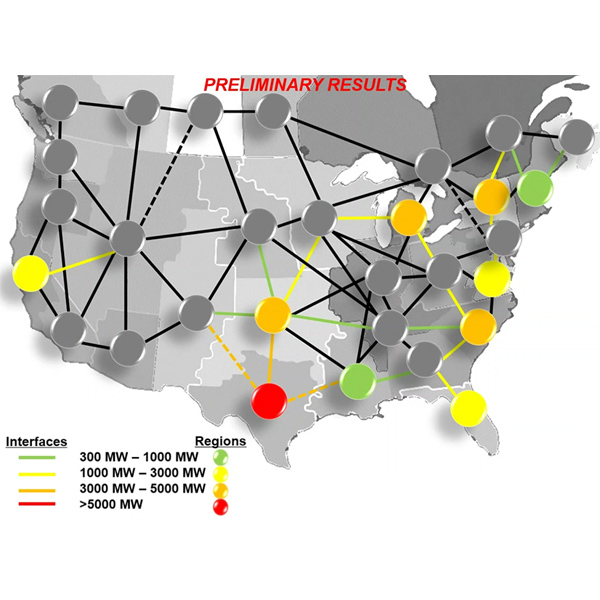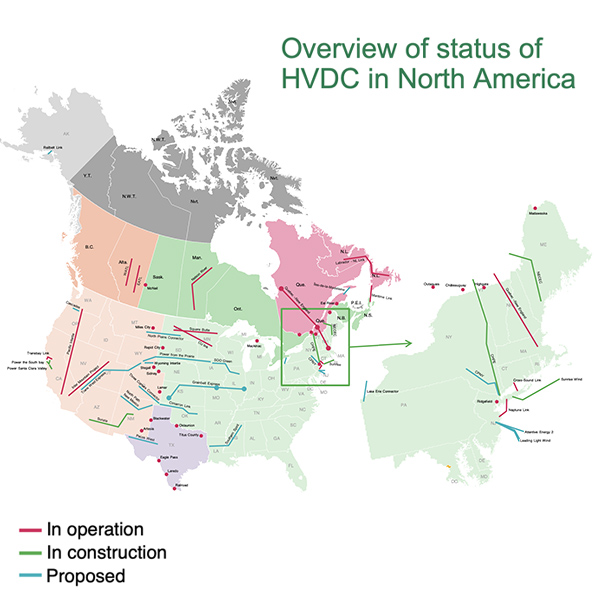interregional transmission planning
MISO and SPP staff asked for input on a joint system study in 2025 during their annual transmission issues evaluation with their Interregional Planning Stakeholder Advisory Committee, which was only too happy to comply.
Major regional and interregional transmission lines might be big investments, but they tend to produce more benefits than expected, RMI said in a report.
MISO and SPP staff told stakeholders that they will not perform a Coordinated System Plan in 2025 but will accept transmission issues for their annual review early in the year.
NERC filed the completed Interregional Transfer Capability Study to FERC ahead of the December deadline set by Congress in the Fiscal Responsibility Act of 2023.
FERC approved tariff revisions and modifications to the joint operating agreement between MISO and SPP that will enshrine a structural and cost-allocation framework for the five projects in their Joint Targeted Interconnection Queue portfolio.
FERC Commissioner David Rosner talked about his hope for more consensus on rehearing for Order 1920, and a panel of experts discussed supply chain issues at the WIRES fall meeting.
The Department of Energy announced two actions to support the expansion of the transmission grid: investing up to $1.5 billion in four specific projects around the country and releasing the final National Transmission Planning Study.
After five fruitless attempts to agree on joint transmission projects across their seams, MISO and SPP will use what they call a “blended joint model” in parallel with existing SPP and MISO regional models.
Congress and FERC will need to act to update its rules on interregional transmission planning, and likely permitting, if NERC’s Interregional Transfer Capability Study is going to be of any use, experts said on a webinar hosted by Americans for a Clean Energy Grid.
Before the use of HVDC transmission lines can be expanded in the U.S., the offshore wind industry needs to set some standards, according to a joint company survey.
Want more? Advanced Search

